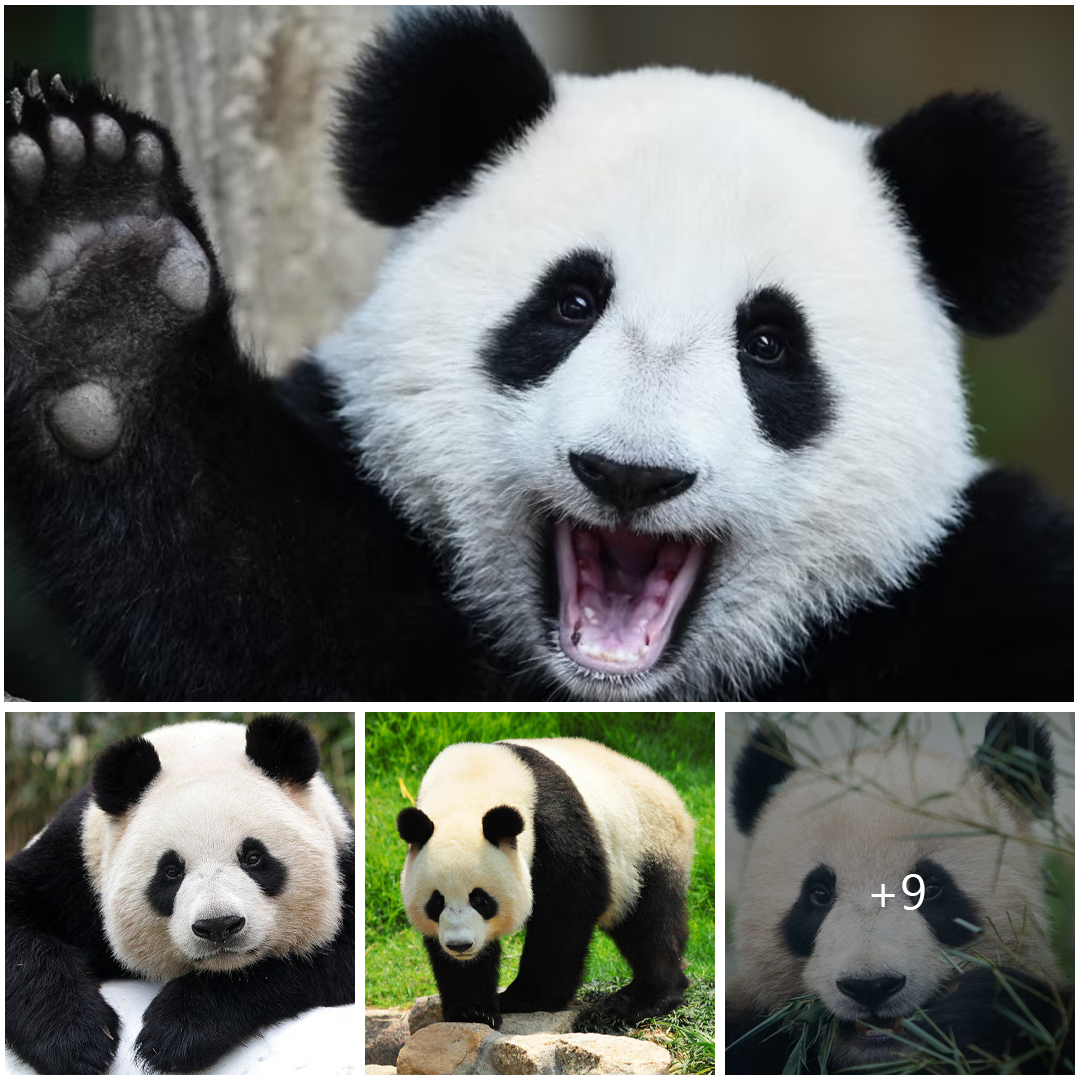
The Endearing Charms of the Giant Panda
The giant panda (Ailuropoda melanoleuca) is a beloved symbol of wildlife conservation and a cherished cultural icon in China. With its distinctive black and white fur, round face, and playful demeanor, the giant panda has captured the imaginations of people worldwide. This article celebrates the unique characteristics and endearing charms of these remarkable bears, highlighting their significance in both ecological and cultural contexts.
Giant pandas are primarily herbivores, feeding almost exclusively on bamboo, although they may also consume small amounts of other plant material, such as fruits and grasses. Their specialized diet and low metabolic rate require them to consume large quantities of bamboo each day, spending up to 12 hours feeding to meet their energy needs.
Despite their solitary nature, giant pandas are known for their playful behavior, particularly among young cubs. Play serves important developmental functions, helping cubs to hone their physical abilities, social skills, and problem-solving abilities. Adult pandas may also engage in playful activities, such as somersaults, wrestling, and climbing trees.
In addition to their playful antics, giant pandas are also renowned for their vocalizations, which include bleats, honks, and chirps. These vocalizations play a crucial role in communication, allowing pandas to convey information about their location, social status, and reproductive readiness.
Giant pandas hold a special place in Chinese culture and history, symbolizing peace, harmony, and resilience. They have been revered as symbols of conservation and environmental stewardship, inspiring efforts to protect their habitat and ensure their survival for future generations.
As ambassadors for wildlife conservation, giant pandas serve as powerful reminders of the importance of preserving biodiversity and safeguarding the natural world. By supporting conservation efforts and promoting sustainable practices, we can help protect these beloved bears and the ecosystems they inhabit for generations to come.





